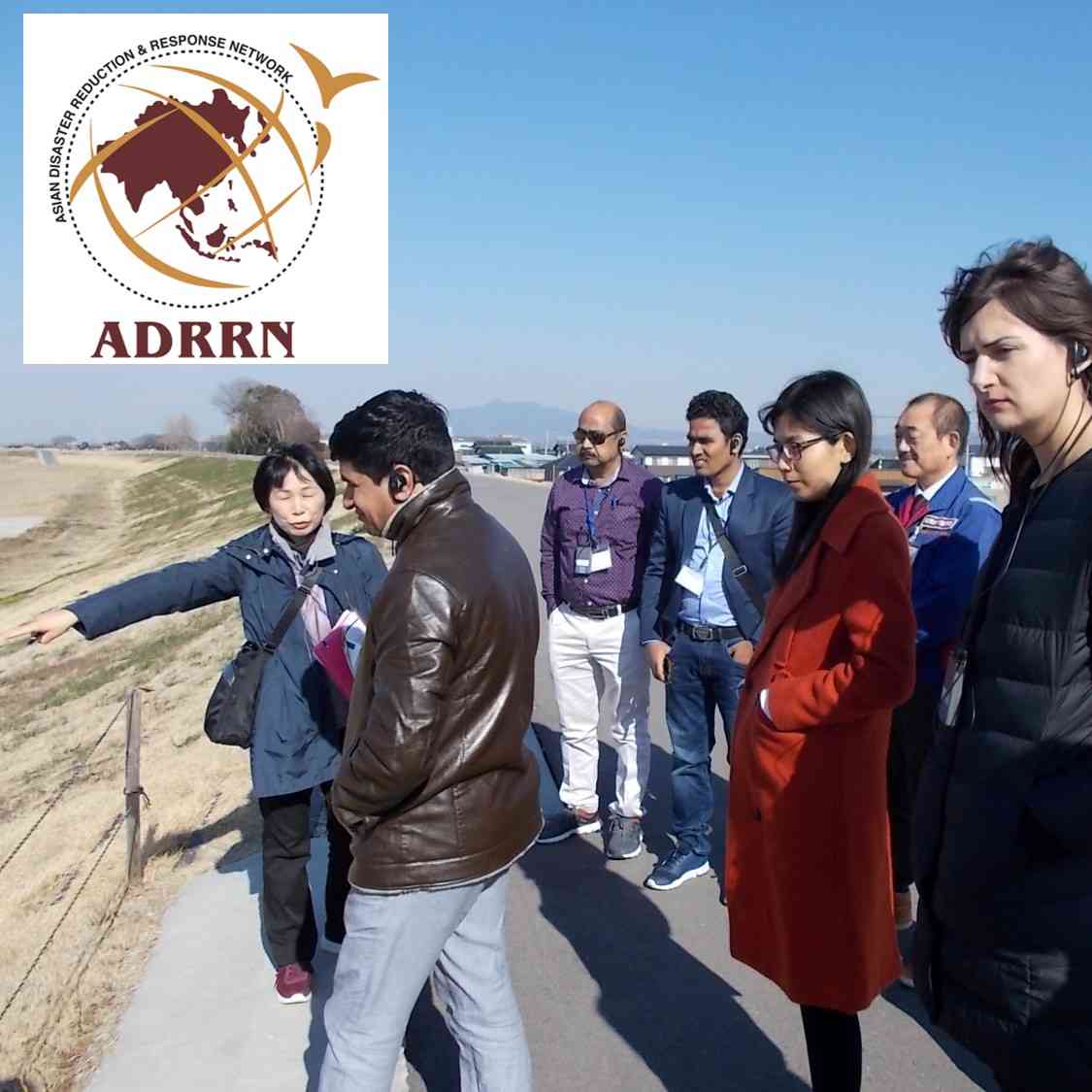Asian Disaster Reduction and Response Network (ADRRN)
ADRRN is committed to promote coordination, information sharing and collaboration among Civil Society Organizations (CSOs) and other stakeholders for effective and efficient disaster reduction and response in the Asia-Pacific region.
Description
The Asian Disaster Reduction and Response Network (ADRRN) emerged after identifying a great need for Asian CSOs to work more closely together, share information and learn from each other. Since 2002, ADRRN has rapidly evolved from an awareness focused network to a regional voice in advocacy and capacity building issues as well. ADRRN is committed to promote coordination, information sharing and collaboration among CSOs and other stakeholders for effective and efficient disaster reduction and response in the Asia-Pacific region.
ADRRN’s forward-looking vision focuses on transforming Asia’s resilience, moving from the most vulnerable to the most resilient region. It aims to achieve this goal by 2030. Our focal areas are: Advocacy, accelerating the reach of CSOs and helping resolve policy gaps; Learning, training and capacity building; and Filtering, sharing knowledge and managing information.
ADRRN plan to achieve its mission by following three strategic objectives. First, is outreach by continuing to be a leading representative platform with increased outreach involving larger number of NGOs and local CSOs in the region. Second, is facilitate the effective implementation of global frameworks at the national and local level and facilitate disaster risk governance and enhance accountability. Third is enhancing the range of knowledge and practice on resilience.
As a result, ADRRN contributes with translating global frameworks into local level directions, fostering collaboration and partnership, amplifying local voices, enhancing capacity, strengthening accountability, and incentivizing innovation.
Did the Sendai Framework change or contribute to changes in your activities/organization? If so, how?
The Sendai Framework for Disaster Risk Reduction supports the promotion and enhancement of access to and the sharing of information, technologies and related services to support national and local measures for successful disaster risk reduction, as appropriate and in accordance with national laws. Furthermore, the Sendai Framework encourages mobilization through the coordination of existing networks at all levels and in all regions. The work of ADRRN is aligned with this spirit as well as with other key aspects of the Sendai Framework.
What led you to make this commitment/initiative?
What was your position before making this Voluntary Commitment / prior to the Sendai Framework?
ADRRN’s is motivated to move the Asia-Pacific region from being the most vulnerable to the most resilient region in the world. Currently, more than 50 international and national NGOs across 20 countries in the Asia-Pacific region are part of the network.
ADRRN's bridging role could involve connecting local and international actors to learn more about each other’s ways of working and building long-term associations between organizations. More formally, it involves facilitating coordination between national networks and international actors.
ADRRN also offers assistance to international players in vetting and certifying local NGOs to help them identify suitable partners. It brings concerns of local CSOs to the attention of international humanitarian actors. It also plays a part in capacity building; training CSOs on the workings of international humanitarian agencies and familiarizing international organizations with the local context and challenges.

